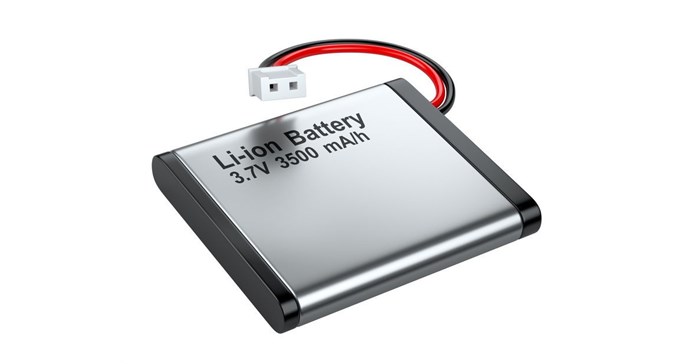The battery revolution has created a market for metals such as lithium and cobalt, which will see them outperform traditional minerals and set them up as the commodities of the future.
The lithium-ion battery storage market will boom in in the US, EU and China thanks to its attractive efficiency features, backed in the future by the fast development of portable electronics, residential and utility-scale electricity storage, and electric and hybrid vehicles.
Currently, lithium and cobalt reserves are overwhelmingly located in concentrated areas where they are already produced, such as the 'lithium triangle' in South America, namely Argentina and Chile, for lithium and the Democratic Republic of Congo for cobalt.
Therefore, these countries will lead the way in terms of production growth for both metals in the coming decade.
Nickel, copper and tin
Nickel is another metal that is set to benefit from the battery revolution, due to its use in various key cathodes (NCA and NMC) found in lithium-ion batteries. In addition, tin and copper are the other traditional industrial metals which will see growth.
Copper demand and prices will be supported by strong power grid investment and falling mine ore grades in the coming years. Primarily used in power grid construction, the outlook for this sector remains strong.
China accounts for approximately 50% of copper consumption, and although demand is expected to slow in the coming years compared with the previous decade, consumption growth will be faster than that of pure-construction metals like steel and iron ore. Moreover, supply constraints such as falling ore grades are more apparent for copper than iron ore or coal.
Meanwhile, tin's versatility and use in multiple arenas, such as in the manufacture of electronics, soldering and chemicals, will sustain demand for the metal on a multi-decade horizon. Global consumption growth of tin is expected to outpace production growth over the years with demand from consumer electronics being the main driver.
On the supply side, ore reserves are depleting and there is a very sparse tin project pipeline globally. Major countries such as China, US, Japan and the EU will see increasing tin deficits.






























![Today, Halo and Demographica announce a new specialist agency, Second Rodeo]], headed up by Mike Stopforth (left). Dean Oelschig, managing partner and founder of Halo (right) says they will work as a group but ultimately, each agency will be an individual specialist](https://biz-file.com/c/2505/772543-64x64.jpg?2)


